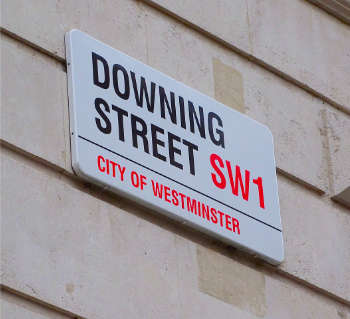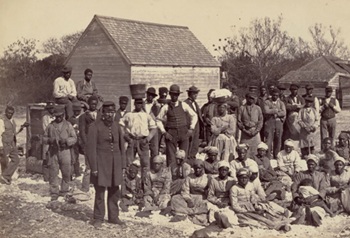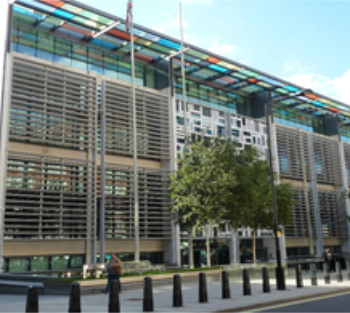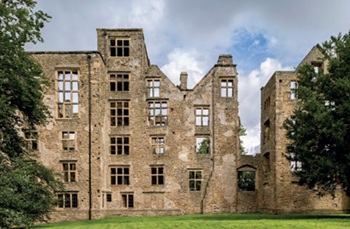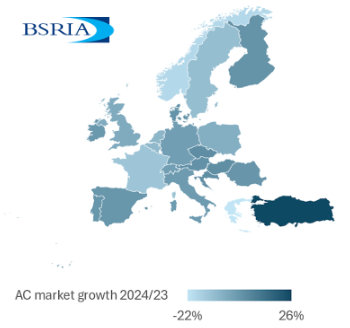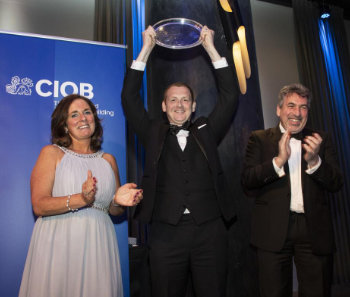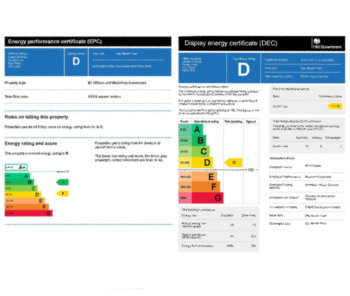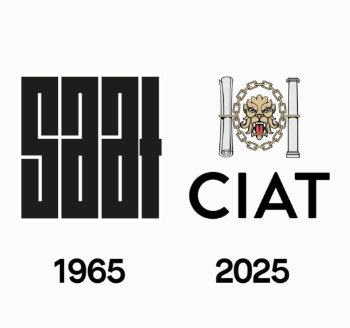Design and build: project brief
The project brief stage is concerned solely with preparing the project brief. the key document upon which the design will be based.
[edit] Starting the work stage and appointing additional members of the consultant team if necessary.
The client updates the business case and project execution plan to reflect comments made at the end of the previous stage. The lead consultant then co-ordinates a start-up meeting attended by the consultant team and the client to issue the revised project execution plan (and business case or part of it if appropriate), to pass on comments made at the end of the previous stage, and to agree the programme for the stage.
The consultant team or the client may identify a requirement to appoint additional consultants or specialist designers. Go to work stage: Design and build: appointment.
[edit] Preparing the project brief.
The client and consultant team discuss the required contents of the project brief and consider who the consultant team may need to consult in the preparation of the project brief. It may be appropriate to prepare a project directory of contact details and perhaps a stakeholder map.
The client informs user panels, champions and other stakeholders that will be involved in the development of the project brief that they should make time available to meet with the consultant team. The lead consultant co-ordinates the consultant team to carry out consultations with user panels, champions and other stakeholders and feeds back the outcome of consultations to the client.
The lead consultant co-ordinates the consultant team to prepare a draft project brief.
The client begins preparing, or arranges for the consultant team to begin preparing, a site waste management plan (if required). At this stage, this is a means of recording decisions made to minimise the consumption of resources and to minimise the generation of waste.
The cost consultant highlights areas of potential cost savings and areas of potential cost problems apparent in the draft project brief and prepares an elemental cost plan. The client considers advice from the cost consultant and instructs the consultant team to amend the draft project brief if necessary.
The client issues the revised project brief to the user panels, champions and other stakeholders who may propose further revisions. The client considers the proposed amendments and instructs any necessary revision of the project brief.
The cost consultant amends the elemental cost plan if necessary, and the client considers and, if satisfied, approves the project brief
If necessary the client revises the business case and project execution plan. This might include: additional value management and risk assessment exercises, re-assessment of the budget and re-assessment of the procurement route.
The project brief is issued to user panels, champions and other stakeholders who may have further involvement in the development of the project.
The client confirms that funding is available and that there is still stakeholder support for the project, and considers whether to proceed to the next stage.
[edit] Considering whether to tender the design and build contract.
At this stage the client may decide to tender the contract to design and build the development. Go to work stage: Design and build: tender.
⇒ outline plan | previous stage | next concept design by consultants or tender
Notes
- Design and build projects involve appointing a contractor to design the development and also to construct it. However, the contractor might be appointed early in the project to carry out all of the design work, or later in the project to complete a design which others have begun. This means that design tasks can be attributed either to a consultant team or the contractor depending on whether the contractor has been appointed or not. As a consequence, we include two versions of the concept design stage, detailed design stage and planning permission stage. If a two-stage tender process is adopted, then the contractor might be appointed earlier, on a pre-construction services agreement, to carry out some of the tasks attributed above to the consultant team
Featured articles and news
Shortage of high-quality data threatening the AI boom
And other fundamental issues highlighted by the Open Data Institute.
Data centres top the list of growth opportunities
In robust, yet heterogenous world BACS market.
Increased funding for BSR announced
Within plans for next generation of new towns.
New Towns Taskforce interim policy statement
With initial reactions to the 6 month policy update.
Heritage, industry and slavery
Interpretation must tell the story accurately.
PM announces Building safety and fire move to MHCLG
Following recommendations of the Grenfell Inquiry report.
Conserving the ruins of a great Elizabethan country house.
BSRIA European air conditioning market update 2024
Highs, lows and discrepancy rates in the annual demand.
50 years celebrating the ECA Apprenticeship Awards
As SMEs say the 10 years of the Apprenticeship Levy has failed them.
Nominations sought for CIOB awards
Celebrating construction excellence in Ireland and Northern Ireland.
EPC consultation in context: NCM, SAP, SBEM and HEM
One week to respond to the consultation on reforms to the Energy Performance of Buildings framework.
CIAT Celebrates 60 years of Architectural Technology
Find out more #CIAT60 social media takeover.
The BPF urges Chancellor for additional BSR resources
To remove barriers and bottlenecks which delay projects.
Flexibility over requirements to boost apprentice numbers
English, maths and minimumun duration requirements reduced for a 10,000 gain.
A long term view on European heating markets
BSRIA HVAC 2032 Study.
Humidity resilience strategies for home design
Frequency of extreme humidity events is increasing.
National Apprenticeship Week 2025
Skills for life : 10-16 February










